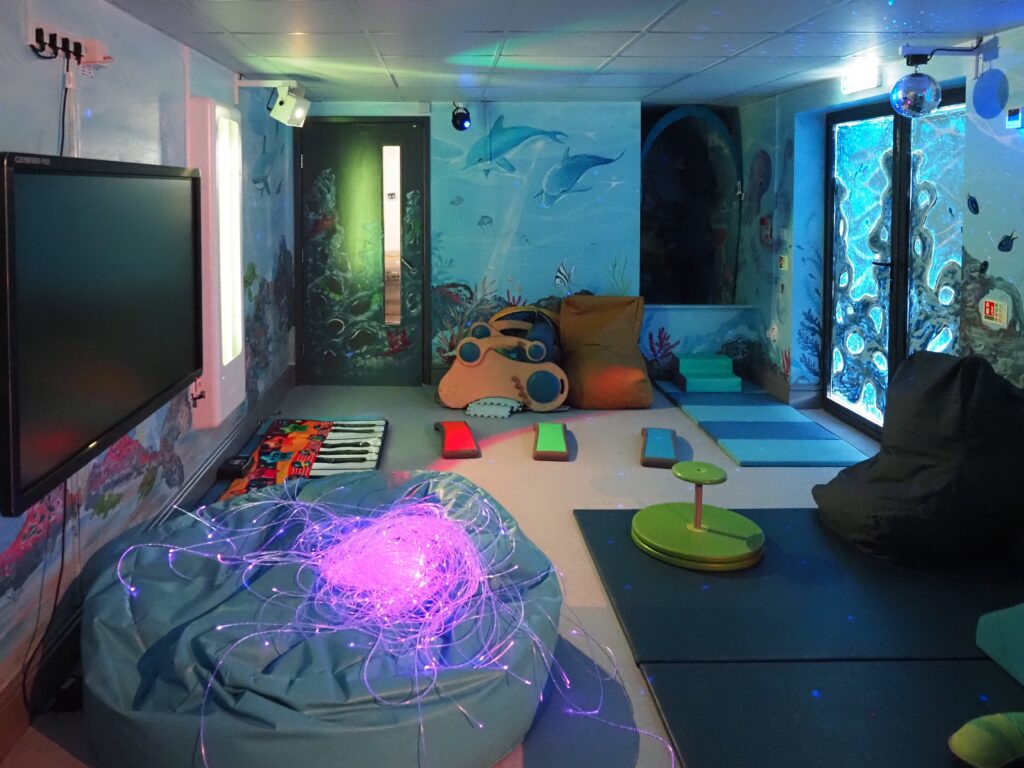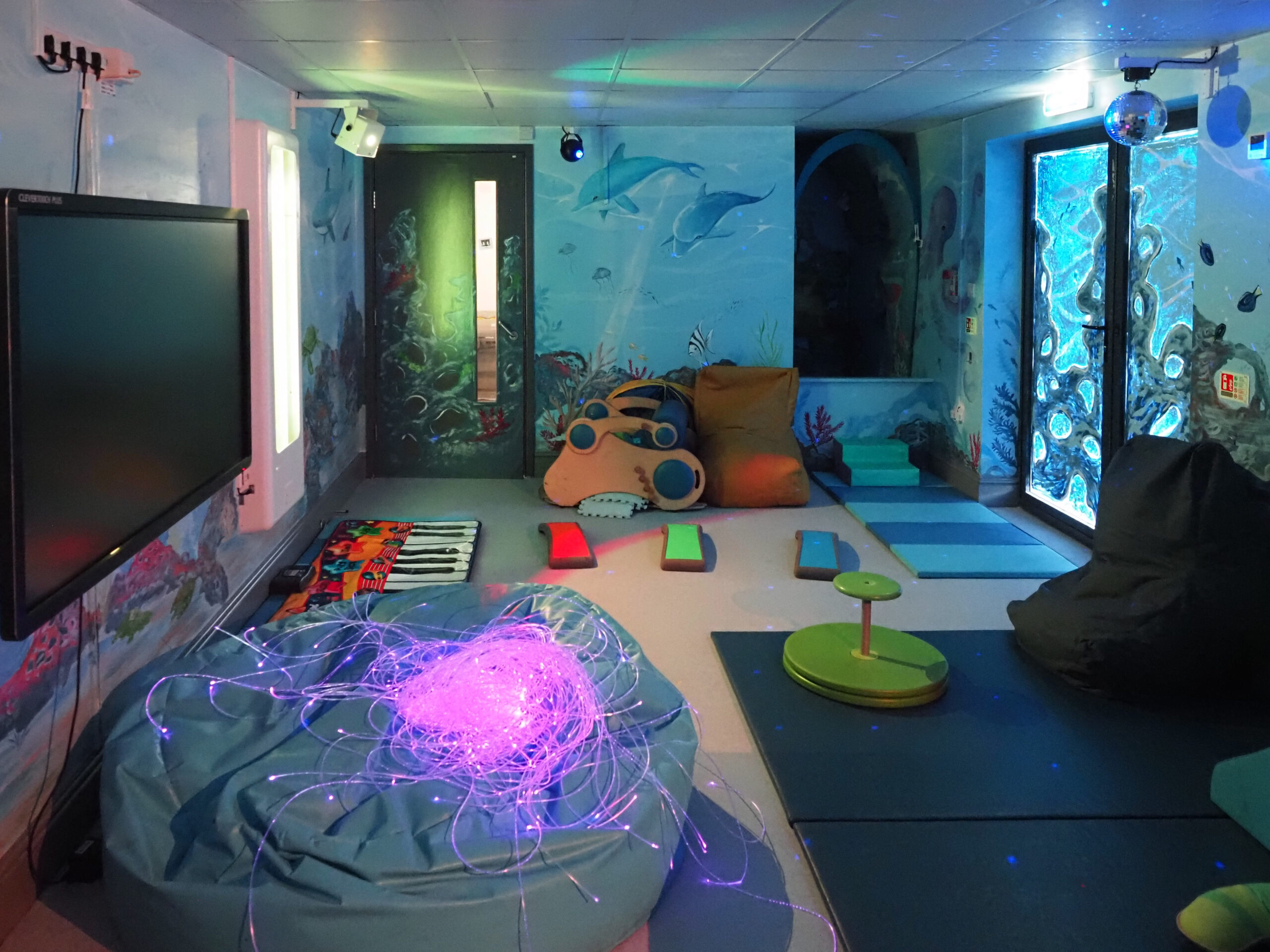Sensory support
We have sensory rooms on each of our sites and run daily sensory circuits to support our students to become ‘ ready to learn’
What is a sensory circuit?
Sensory circuits are made up of three different areas to help alert, organize and calm the senses of children to ensure that they are ready to learn.
Through a series of short, snappy actions including motor and tactile play, problem-solving and relaxation, children can reach a level of alertness to promote concentration, making sensory circuits an ideal activity before the start of the school day, after a lunch break, or even at home.
The three areas of a sensory circuit are
- Alerting
- Organizing
- Calming
Our focus
- To help children to be ready to learn.
- To teach children ways to help self-regulate
- Support the development of sensory processing
Alerting– To provide vestibular stimulation, preparing the brain for learning and for demands of school environment. E.g skipping, boxing, bouncing on a ball or star jumps.
Organizing– Sorting and preparing body and brain, providing situations to increase focus, attention span and performance. Activities that require multi-sensory processing and balance. E.g climbing, balancing, heavy lifting and scooting.
Calming– Very important to ensure they are calm and centred and ready to learn. E.g. deep pressure, sensory toys, bear hugs and weighted blanket.

How to support your child at home:
| Alerting | Organising | Calming | |
| Activities | Running on the spots Log rolls Running and throwing objects into box Skipping Boxing | Balancing games Climbing Head, shoulders, knees and toes Heavy lifting e.g types, weights Pulling sandbags | Go for a walk Fidget toys Playdough Safe space Bear hugs Deep pressure using hands or peanut ball |









